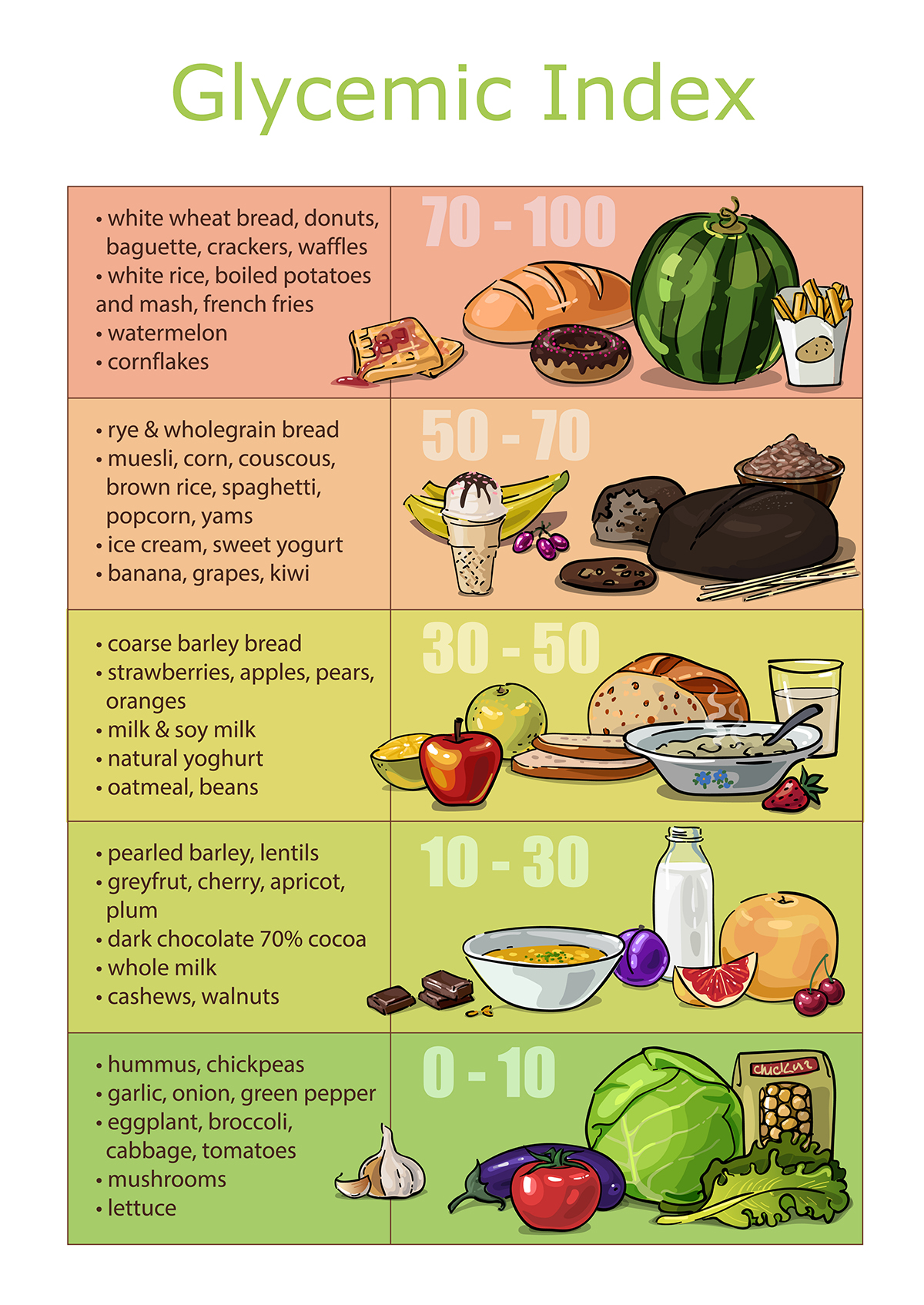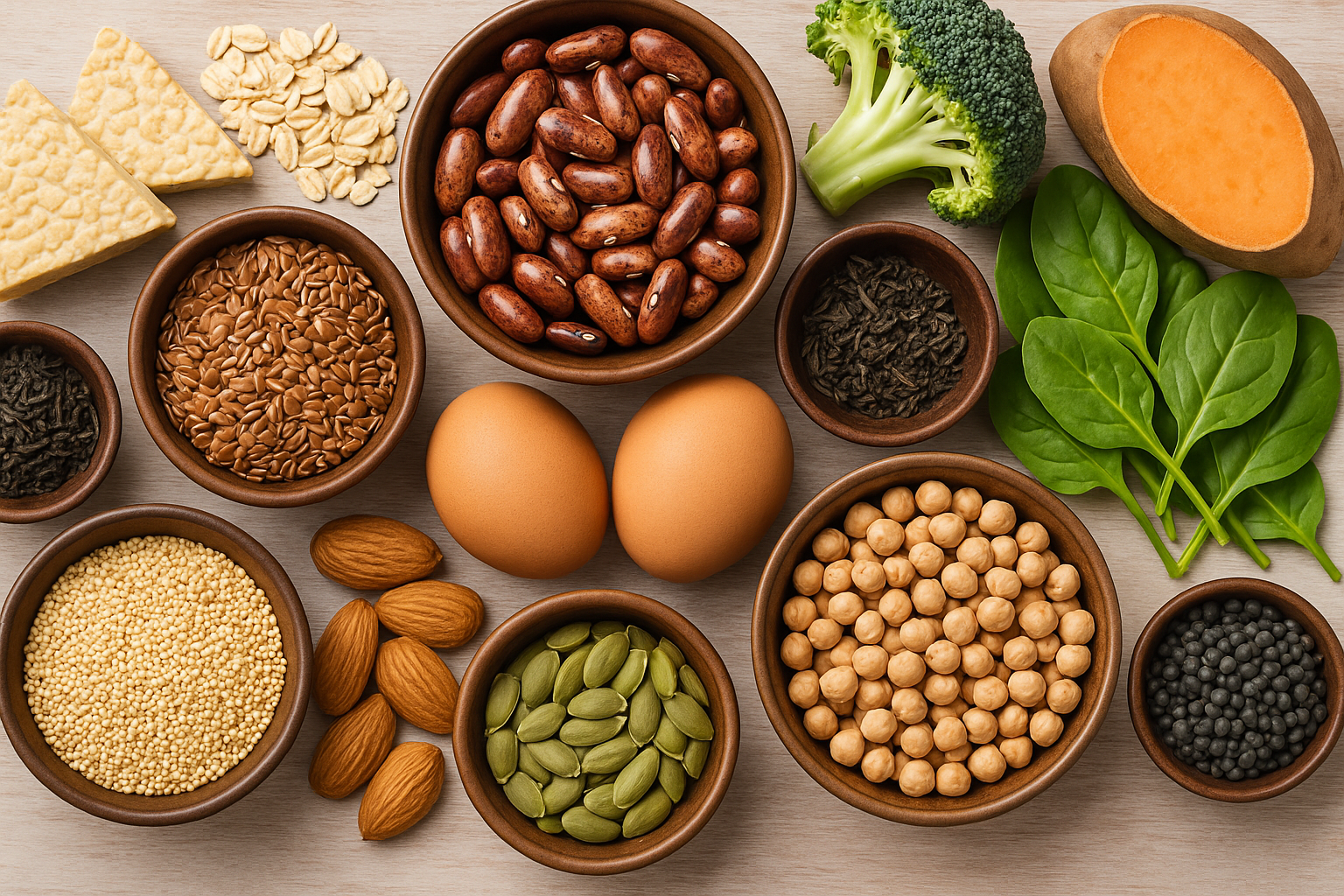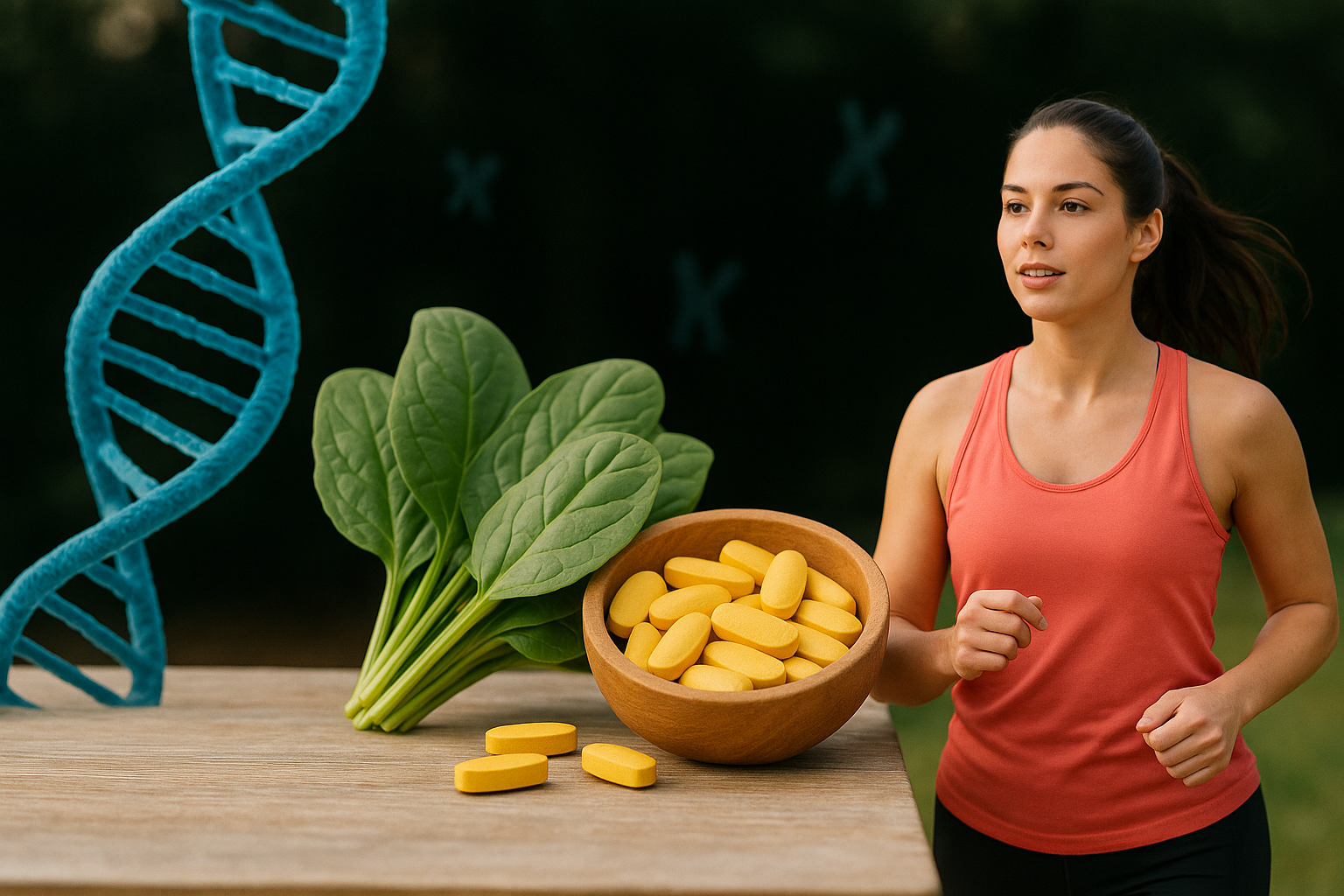Managing health often feels overwhelming, but understanding one key concept—the Glycemic Index (GI)—can unlock powerful benefits for your well-being. From improving glucose control to reducing the risks of insulin resistance, mastering the GI empowers you to make better choices with long-term rewards. In this article, we’ll explore the science behind the Glycemic Index, its effects on your body, and how it can lead to a healthier lifestyle.

What is the Glycemic Index?
The Glycemic Index measures how quickly carbohydrate-containing foods raise blood glucose levels. Foods are ranked on a scale of 0 to 100, with higher values indicating faster glucose spikes.
- Low GI Foods (0-55): Slow digestion and gradual glucose release (e.g., oats, lentils).
- Medium GI Foods (56-69): Moderate glucose increase (e.g., brown rice, sweet potatoes).
- High GI Foods (70+): Rapid glucose surge (e.g., white bread, sugary drinks).
Choosing lower GI foods can stabilize blood sugar levels, reduce glycation, and lower the risk of chronic diseases.
Why is the Glycemic Index Important for Your Health?
1. Improves Glucose Regulation
High GI foods cause rapid spikes in blood glucose, followed by sudden crashes. This rollercoaster effect can lead to fatigue, hunger, and mood swings. Consistently choosing low GI options promotes balanced energy levels and supports efficient glucose use.
2. Reduces Risk of Insulin Resistance
Insulin resistance, a precursor to type 2 diabetes, occurs when cells stop responding effectively to insulin. High GI diets contribute to this condition by overstimulating insulin production. Switching to low GI foods can improve insulin sensitivity and overall metabolic health.
3. Supports Weight Management
Foods with a lower GI provide a feeling of satiety, reducing the likelihood of overeating. This makes it easier to maintain a healthy weight without extreme dieting.
4. Protects Against Chronic Diseases
High GI diets have been linked to increased risks of heart disease and certain cancers. By prioritizing low GI foods, you can mitigate these risks and promote longevity.
How to Incorporate Low GI Foods into Your Diet
Adopting a low GI diet doesn’t have to be complicated. Here are simple strategies:
- Swap refined grains for whole grains: Choose brown rice over white rice or quinoa instead of couscous.
- Prioritize fiber-rich foods: Vegetables, legumes, and fruits like apples and oranges are excellent choices.
- Combine foods wisely: Pair high GI items with protein or fat to slow glucose absorption.
- Limit processed foods: Minimize sugary snacks and drinks, which often have high GI scores.
Understanding Glycation and Its Impact on Health
When glucose is excessive in the blood, it binds to proteins or fats in your body and it creates advanced glycation end products (AGEs). These compounds can damage tissues, accelerate aging, and contribute to chronic diseases.
How the GI Affects Glycation
By maintaining steady blood glucose levels through low GI foods, you reduce the formation of AGEs. This can:
- Protect skin elasticity and reduce visible signs of aging.
- Lower the risk of inflammatory conditions.
- Enhance cardiovascular health by protecting blood vessels.
Debunking Myths About the Glycemic Index
While the GI is a valuable tool, it’s important to understand its limitations:
- Portion Size Matters: Even low GI foods can cause blood sugar spikes if eaten in large quantities.
- Glycemic Load (GL) is Key: GL considers both the GI and the amount of carbohydrates in a serving, providing a more accurate picture of a food’s impact.
- Individual Responses Vary: Factors like age, activity level, and metabolism influence how your body reacts to specific foods.
So What Is Glycemic Load (GL)?
The Glycemic Load (GL) builds upon the GI by considering both the quality (GI) and quantity of carbohydrates in a serving of food. GL provides a more comprehensive picture of how a specific portion of food impacts blood glucose levels.
Why Glycemic Load Matters:
- A high GI food consumed in small portions may have a low GL, minimizing its impact on blood sugar.
- GL helps evaluate the overall glycemic impact of entire meals, rather than focusing on single food items.
Examples:
- Watermelon: High GI (~72) but low GL (~4 per typical serving).
- Pasta: Medium GI (~55) and medium GL (~20 per serving).
Examples of Low GI Foods to Include
Incorporating low GI options doesn’t mean sacrificing flavor. Consider these delicious choices:
- Vegetables: Spinach, broccoli, zucchini.
- Fruits: Cherries, pears, berries.
- Legumes: Chickpeas, lentils, black beans.
- Whole Grains: Barley, quinoa, bulgur wheat.
Quick Low GI Meal Idea
Try a quinoa salad with roasted vegetables, chickpeas, and a drizzle of olive oil. This combination offers balanced macronutrients and sustained energy.
The Glycemic Index and Physical Performance
For athletes or active individuals, timing carbohydrate intake based on GI can optimize performance.
- Before Exercise: Medium to high GI foods provide quick energy.
- After Exercise: Low GI foods aid in recovery by sustaining glucose replenishment.
Empower Your Health with Expert Guidance
Understanding and applying the principles of the Glycemic Index is a game-changer for your health. Whether you’re looking to manage your weight, prevent diabetes, or enhance your overall well-being, Empowerise is here to guide you every step of the way.
Conclusion: Take Control of Your Health Today
The Glycemic Index isn’t just a number; it’s a powerful tool for transforming your health. By choosing low GI foods, you can improve glucose control, reduce insulin resistance, and lower your risk of chronic diseases. Ready to take the next step?
Enroll in Empowerise’s coaching program today and unlock your full health potential. Let us help you craft a personalized approach to wellness.
Start your journey now!






